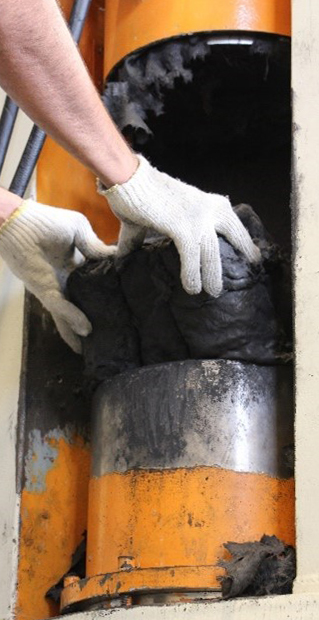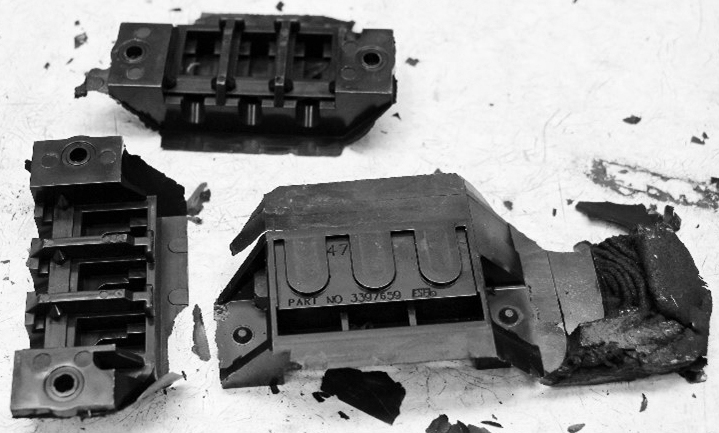What Molding Materials are Thermosets?
Although molded thermosets have history dating back to the original bakelite plastics created by Leo Baekeland in 1907, current views of thermoset plastics, or composites, are as a niche material suitable for performance-forward applications requiring additional protection against elevated temperatures, electrical current, corrosion, and chemical exposure over traditional thermoplastics such as Nylons, Polypropylenes, ABS, and others. Whereas these types of thermoplastic materials and their properties may degrade or become compromised during use, the material properties of thermosets allow molded components to remain strong and durable under such conditions and environments, allowing products to remain safer for product users and last longer in the market or field before needing to be discarded or replaced.
Thermoset materials that are molded include Bulk Molding Compound (BMC) and Sheet Molding Compound (SMC), which are unsaturated polyesters and vinyl esters, Phenolic, Epoxy, and Diallyl Phthalate (DAP). BMC, Phenolic, Epoxy, and DAP can be injection, compression, or transfer molded, while SMC is generally compression molded in a vertical press. Each thermoset material has various advantages over the other types of thermoset materials, however in general, most all thermosets offer superior heat and chemical resistance compared to engineered thermoplastics. While Phenolic, DAP, and some Epoxies are all compounded into a similar state to thermoplastics as granular form, BMC is extruded into a playdough like form that requires a stuffer system to inject material from the molding machine into the mold for injection molding processes.





Comments are closed